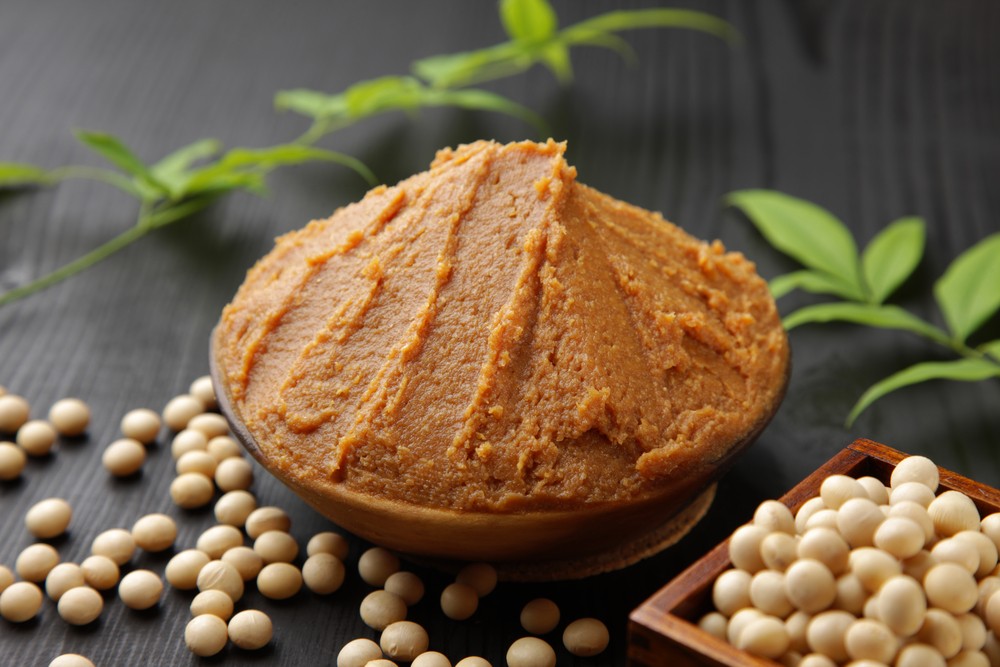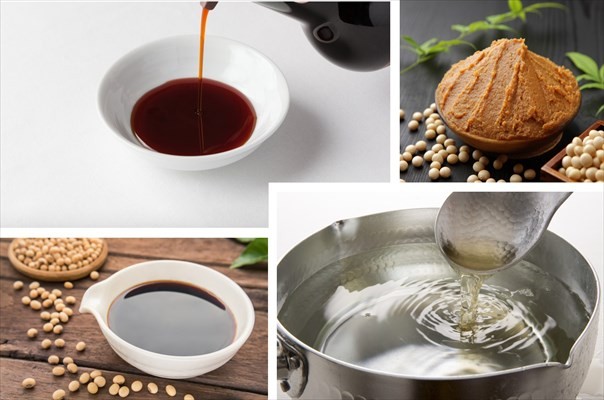For sure, one of the purpose for a trip to Japan is to taste Japanese cuisine. There are many popular Japanese cuisines in Japan such as sushi, tempura and sukiyaki. However, do you know that without Japanese seasonings such as miso and soy sauce which bring the authentic taste, these all food cannot be realized. Today, we are going to introduce seasoning which is indispensable to such Japanese food! If you know it before you eat Japanese food, you can be considered as a Japan master also!


Soy Sauce, a fermented seasoning Essential for Japanese Cuisine
"Soy sauce" is a seasoning made by adding salt to soy which is made from soybeans and wheat, and fermenting and aging it for about one year. Usually there is a small bottle of “table-top soy sauce” in general households and restaurants in Japan, and it is one of the most familiar seasonings. It can be generally classified into three: thick, light, and tamari(used for sashimi), but 80% of the soy sauce which produced in Japan domestic is "thick soy sauce". The unique smell is produced by the action of microorganisms such as bacilli and yeast, and it is said to have the function of eliminating the fishy smell of seafood and meat.

Aged by the malt! "Miso" which is indispensable for miso soup
Miso is made by adding salt and malt’s Aspergillus oryzae to steamed soybeans, and then to be aged. There are 4 types of miso available, "rice miso”, “bean miso”, “barley miso”, and “mixed miso" depending on the type of malt used. There are also miso with special characteristic in each region available such as Haccho miso in Aichi Prefecture, Shinshu miso in Nagano prefecture, etc which passed down from generation to generation, and made with different ratio of beans and salt amount, and have the different sweetness and saltiness, etc. In general household in Japan, "miso soup" which dissolves miso in miso soup and with added vegetables and tofu is usually served in during breakfast, lunch and dinner. Miso soup contains calcium, iron and other minerals, and is also called as “Nomu tenteki”(drinking nutritional drip).

"Mirin" which is often used for simmered dishes and noodle soup such as soba soup or udon soup
Mirin is often used in preparation of noodle soup such as soba soup and udon soup, simmered dishes, and sauces of Yakitori and teriyaki dishes. It is made by adding rice bran to steamed glutinous rice, and then brewer’s alcohol or shochu is added, and then it is saccharified and aged over 40 to 60 days. Same with soy sauce it has the function to suppress the fishy smell of meats and seafood. There is a refined sweetness which is different from sugar.

Comments